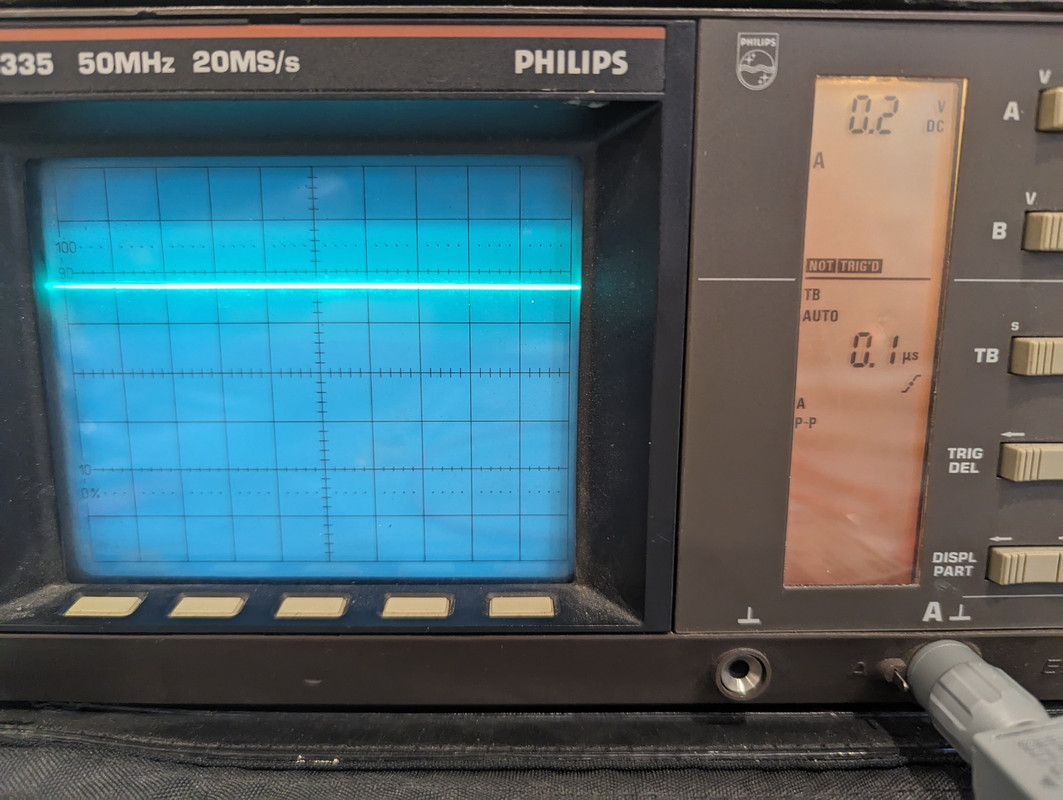1
General Technical Chat / Re: Powering an LED from international line voltage
« Last post by NiHaoMike on Today at 01:43:53 am »How about use multiple smaller LEDs in series? Then you'll need less current for the same brightness, possibly to the point where a series resistor would become practical.



 Recent Posts
Recent Posts






